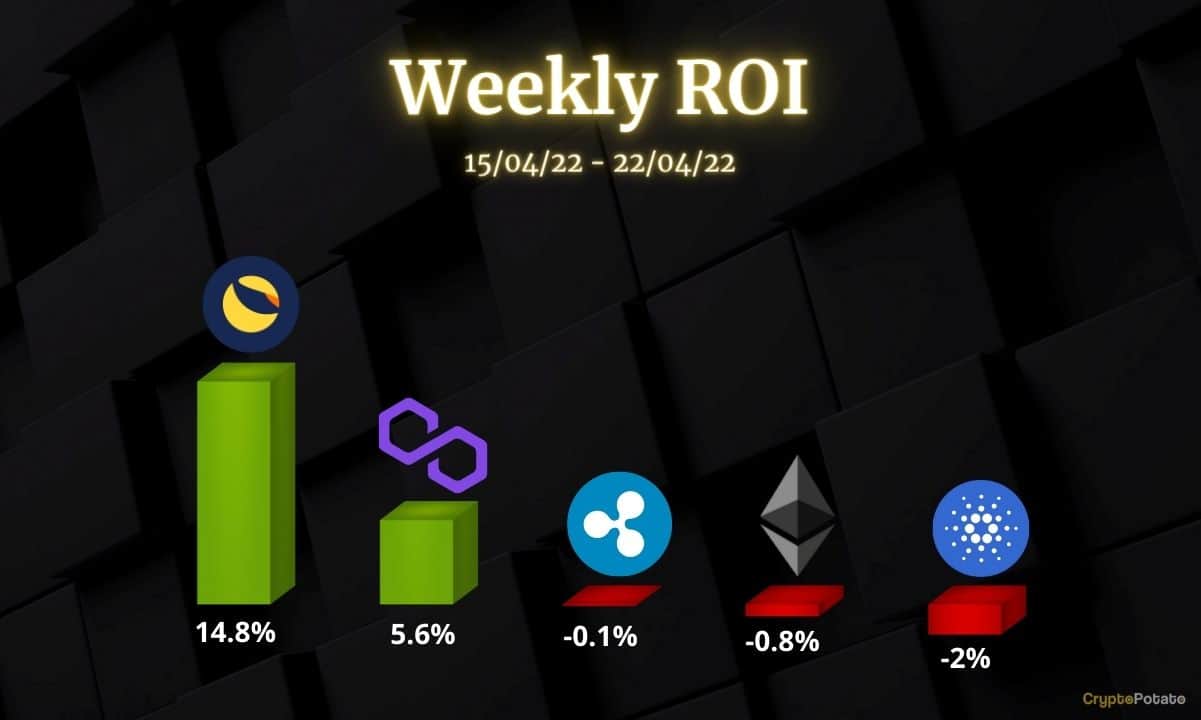Bitcoin Mining Difficulty Sees Largest Plunge Since December 2022
The Bitcoin network’s mining difficulty has experienced its largest negative adjustment since December 2022, when the bear market was in full gear.
According to data from the real-time Bitcoin dashboard Bitbo, the mining difficulty fell 5.7% to 83.1 trillion on Thursday at block height 842,688.
Bitcoin Mining Difficulty Negatively Adjusts
Bitcoin’s mining difficulty measures how tough and time-consuming it is to produce a new block. The difficulty rises when the number of active miners increases and falls when it decreases, easing the mining process for other miners.
The mining difficulty automatically adjusts after every 2,016 blocks, which is roughly every two weeks, to ensure that a new block is produced every 10 minutes on average, notwithstanding the number of active miners.
The last time Bitcoin witnessed a negative adjustment similar to the one it recorded today was 18 months ago when BTC’s price stood at $17,000. At the time of writing, BTC was changing hands at $61,700.
Interestingly, crypto derivatives exchange Bitget reported two days ago that the Bitcoin mining difficulty was on course to see its largest drop since the implosion of the bankrupt crypto exchange FTX. This was due to the 10% decline in the Bitcoin network hash rate. However, Bitget said on-chain data suggested that the mining difficulty would plummet by just 4%.
In addition, Bitget said the fall in mining difficulty may alter the balance between miner profitability and operating costs, signaling that financial dynamics are changing.
Miners Face Lesser Struggles
The latest adjustment in Bitcoin mining difficulty comes roughly three weeks after the completion of the fourth halving, which slashed miners’ block rewards from 6.25 BTC to 3.125 BTC. The adjustment may make mining blocks slightly easier than in the past two weeks, relieving miners of their post-halving struggles.
Before and after the halving, Bitcoin mining difficulty rose 4% and 2%, respectively, reaching 88.1 trillion for the first time. These positive adjustments could be attributed to the hype around the launch of the Runes protocol and miners increasing their hash rates in anticipation of the slash in block rewards. Notably, the mining difficulty also spiked 8.2% in February to a record high of 81 trillion.
With Bitcoin’s hash rate, mining difficulty, and transaction fees having fallen, it remains to be seen how miners will navigate the current crypto environment without going underwater.
The post Bitcoin Mining Difficulty Sees Largest Plunge Since December 2022 appeared first on CryptoPotato.









